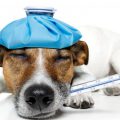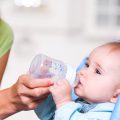Paragripp - disease, similar to the usual flu, It has its own unique features and attributes. The infection is acute, it is particularly prone to people with weaker immune systems and children. In the article the reader will learn about the symptoms of this disease, methods of its treatment and prevention, including traditional medicines.
What is this disease: characteristics
parainfluenza virus was discovered in Japan in the mid-twentieth century,. pathogens, provoking inflammation, a paramyxovirus, RNA-containing microorganism. He is very resistant to high temperatures:
- at plus 30 Celsius keeps the ability to live for 4 hours;
- 50-degree heat resistant near 30 minutes.
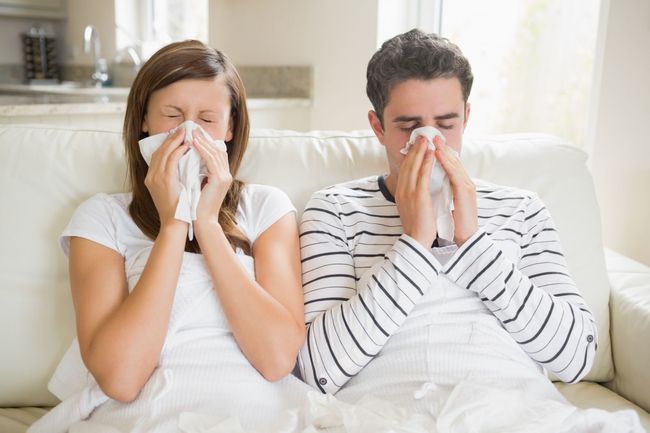
Pathogen transmitted through the air from an infected person. After ingestion of parainfluenza virus during the first two days, the risk of inflammation of the highest, over the next 10 days the risk is reduced: Immunity takes control of the situation.
Attention! You can become infected by a person with symptoms, so-called catarrhal symptoms. carriers of the virus, who parainfluenza not manifested externally, They pose no threat to others.
There are the following catarrhal symptoms:
- Inflammation of the nasal mucosa, accompanied by nasal congestion and plentiful secretions from the nasal passages.
- Sore throat, accompanied by a dry cough and edema of the throat wall.
- Inflammation of the eyes, resulting in itching, lacrimation.
- The inflammatory process in the tonsils, causing a sore throat and swollen lymph nodes.
- inflammation of the larynx, characterized by a hoarse cough, leads to hoarseness.
- The inflammatory process in the trachea causes pain in the upper chest and bouts of painful cough.
- Inflammation of the bronchi can disrupt the capacity for normal breathing. Manifested by pains in the chest, wheezing and coughing.
- Pneumonia - the most serious sign, means inflammation of the lung, It can lead to very serious consequences.
Pathogen upon penetration into the body begins to actively replicate in the nasal mucous, larynx and trachea. Vital functions of the virus leads to airway inflammation, the death of epithelial tissue, the development of necrotic processes. The virus enters the bloodstream and complicates the course of the disease: if failure to provide timely treatment of the inflammation goes down below on the bronchi and lungs, risking pneumonia.
exciter, like other RNA-containing rhinoviruses and adenoviruses, provokes the disease from the group of SARS.
Parainfluenza in the progression goes through several stages of development:
- The swelling and degeneration of the walls of the airway epithelium.
- Hyper proliferation of epithelial tissues.
- secession (desquamation) epithelial cells, their concentration in the lumen of the bronchi.
- Inflammation and development of the pathogen in these cells.
- impaired blood flow.
- CNS disorder.
Attention! It should be noted, that the protective system of man did not immediately respond to infection: It begins to synthesize antibodies needed to fight interferon only through 7-10 days.
Different types of pathogen
Now known medicine 5 species of virus, 4 of which pose a threat to human.
The first two serotypes are the causes of the so-called syndrome of croup - the development of inflammatory processes in the throat and upper respiratory tract. Most often occurs in children under 3 years old.
The third type parainfluenza provokes focal pneumonia with airway edema. This form of infection distressing to children. And its feature: the greatest risk of infection is necessary for the spring-summer season.
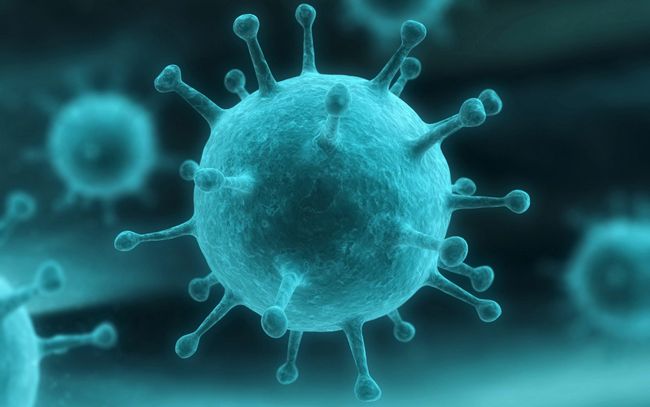
The fourth type does not cause disease outbreaks, It has a more mild, but it occurs much less frequently in comparison with other species.
there pathogens, dangerous for cattle, but not acting on human.
Flu, paragripp, despite some similarities, distinguished by different features, symptoms and consequences, that may result.
Symptoms of the disease and possible complications
Parainfluenza has its own unique features of the manifestation in adults and children.
- After infection, the virus is incubated in the first week (while the human immune system has not had time to respond to the emergence of the pathogen). First fixed to the mucosal surface, it gradually penetrates into the tissue.
Upon completion of the incubation period, the person has a prodrome and early catarrhal symptoms.
Parainfluenza are the following symptoms in adults:
- heat (above the norm by more than 1,5-2 degrees) and chills;
- stuffy nose and nasal passages from isolation;
- aches and weakness in the body, general malaise;
- scratchy, sore throat;
- redness of the throat;
- hoarseness and a rough cough;
Generally, Parainfluenza virus group and different features of the disease: parainfluenza transferred more easily, but a full recovery from the disease occurs for longer.
- The development of the disease in a child seriously weakens his immune system. Developing in the nasopharynx, pathogen causes an acute inflammatory process, and occurrence of edema. Of symptoms in children can be identified very abundant mucus and bright intoxication:
- the temperature rises, general condition worsens along with specific manifestations: sore throat, slackness, dry cough.
- The maximum temperature may rise to 40 degrees. The height of infection manifested strong cough, fever, reluctance to take food. The child becomes whiny and capricious. The mucus from the nose may fall pus. voice hoarse, nose is stuffed up and "not breathing".
after about 10 days of intensive treatment of symptoms of the disease come to naught, and the child begins to recover health.
Attention! It must be remembered, that parainfluenza in children leads to severe disturbances in the child's body, because treatment of the disease should be given the most serious attention.
At insufficient treatment of complications arise. Children may develop a false croup, which leads to a marked swelling of the larynx, loss of voice, Muscle spasms of the trachea. It interferes with breathing and can lead to asphyxiation, that is, death by suffocation. It requires urgent hospitalization.
In adults, the disease leads to the development of a wide inflammation (pneumonia, bronchitis). Once in the blood pathogen, parainfluenza may cause complications, Serious intoxication, disrupt consciousness and provoke:
- meningitis;
- otitis;
- secondary pneumonia;
- angina.
Diagnosis and treatment
The attending physician is primarily based on physical examination and the patient survey. It is necessary to clarify the clinical picture and confirm the diagnosis - it can be done with the help of medical research.
- Complete blood count in the diagnosis helps to identify the presence of the inflammatory process by the presence of leukocytosis and erythrocyte sedimentation indicator.
- Rapid diagnosis allows for a few minutes to determine the presence of blood-borne pathogens.
- Serological diagnosis analyzes the different reactions of inhibition and binding components of blood, that helps determine the presence of the virus and antibodies thereto.
- Linked immunosorbent assay is a more complex analysis, which detects the presence and level of immunoglobulin, indicating the degree of development of disease.
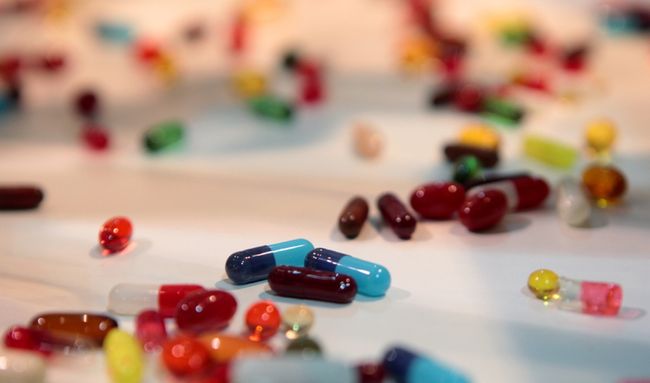
Treatment of the symptoms of the infection and the virus involves the following steps:
- compliance with bed rest (especially at the time of peak fever and illness);
- special meal (milk products and vegetable food);
- vitamin;
- drugs, containing interferon (immunomodulators);
- vitamin C;
- vasoconstrictor drugs for breathing nose;
- cough remedies (mucolytics and saline inhalation);
- drugs to reduce high temperature.
Attention! antibiotics are used, If diagnosed as having a secondary bacterial infection.
parainfluenza treatment in children involves wrapping, contrasted, footbaths with mustard.
Of specific drugs can be identified:
- antiviral treatment:
- 'Kagotsyel'. It stimulates the production of interferon. It allowed for small children (over three years).
- «Amiksin». Used for antiviral treatment, as well as disease prevention.
- 'Complications'. It stimulates the protective system of man, reduces the symptoms of the disease.
- immunomodulators. Available in a variety of forms: as tablets, nasal drops, rectal suppositories and syrup for children: Arʙidol ', "Interferon", "Viferon".
- Treating the symptoms of infection:
- Mukolitiki, by means of dry and wet coughs: «Sinekod», "ACC", "Gideliks" etc..
- anti-inflammatory drugs: "Erespal", "Inspiron".
- Saline for nasal lavage and removal puffiness: 'Sequence', "Akvamaris", brines.
- Means for reducing the heat: various drugs on the basis of ibuprofen, paracetamol.
Speaking about folk remedies for treatment of parainfluenza, are the following plants:
- to reduce inflammation: chamomile, eucalyptus, calendula, tutsan;
- to fight off viruses and bacteria: pomegranate skins (very strong impact), garlic, bow, ehinotseya;
- for the normalization of temperature: coltsfoot, lime;
- for expectoration: Thoracic collection №1, sweet;
- to restore the bronchi: dill, chamomile.
It is recommended to make infusions or teas from plants and regularly use.
prevention paragrippa
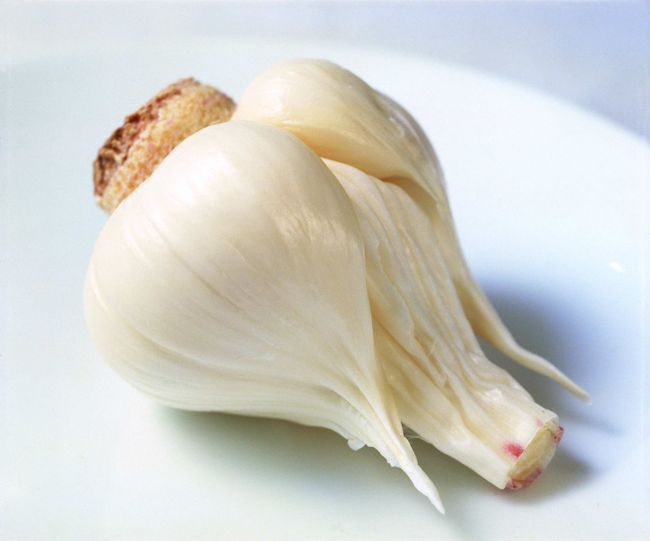
In the presence of a viral infection of the patient family member healthy people as preventive measures can be recommended:
- isolate the patient;
- carry out regular disinfection and wet cleaning rooms;
- wash your hands often;
- eat fully, taking into account the natural immunomodulators (garlic, bow);
- take vitamins;
- quenched.
It is also useful for the prevention of drug guzzle, strengthen the immune system.
- «Arʙidol '.
During 2 weeks in adults and children over 12 years, you need to take two tablets daily, to 12 years one tablet, from 2 to 6 years - half a tablet.
- "Interferon".
Dilute with water and drip into the nose three times a day.
Parainfluenza vaccine does not apply, because it is not able to stop the development of the virus in the body.
Despite, that parainfluenza milder traditional flu, it should be treated promptly and effectively, especially for young children, whose immune system is not able to resist the effects of the pathogen. In this article, important information,, which will help the reader to take measures to prevent the disease, and when it is available - to hold productive and therapy to restore health.




